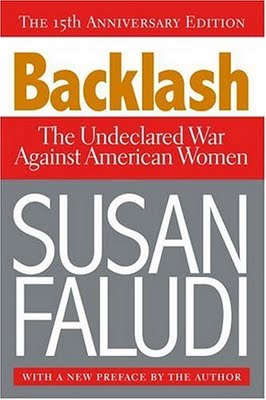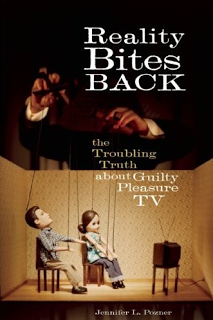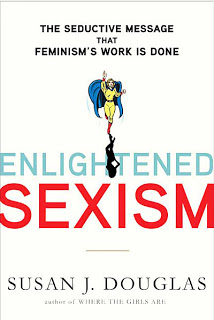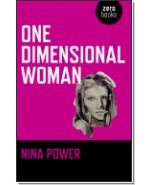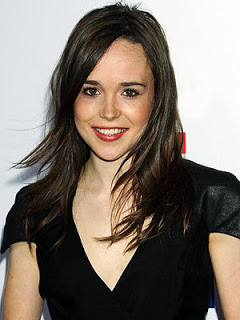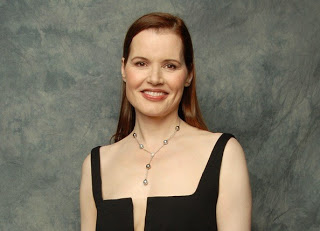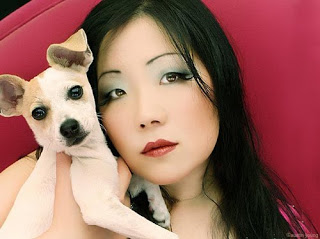Below is an excerpt from Susan Faludi’s famous Backlash: The Undeclared War Against American Women. It comes from her chapter, “Fatal and Fetal Visions: The Backlash in the Movies.”
Hollywood joined the backlash a few years later than the media; movie production has a longer lead time. Consequently, the film industry had a chance to absorb the “trends” the ’80s media flashed at independent women–and reflect them back at American moviegoers at twice their size. “I’m thirty-six years old!” Alex Forrest, the homicidal single career woman of Fatal Attraction moans. “It may be my last chance to have a child!” As Darlene Chan, a 20th Century Fox vice president, puts it: “Fatal Attraction is the psychotic manifestation of the Newsweek marriage study.”
The escalating economic stakes in Hollywood in the ’80s would make studio executives even more inclined to tailor their message to fit the trends. Rising financial insecurity, fueled by a string of corporate takeovers and the double threat of the cable-television and home-VCR invasions, fostered Hollywood’s conformism and timidity. Just like the media’s managers, moviemakers were relying more heavily on market research consultants, focus groups, and pop psychologists to determine content, guide production, and dictate the final cut. In such an environment, portrayals of strong or complex women that went against the media-trend grain were few and far between.
The backlash shaped much of Hollywood’s portrayal of women in the ’80s. In typical themes, women were set against women; women’s anger at their social circumstances was depoliticized and displayed as personal depression instead; and women’s lives were framed as morality tales in which the “good mother” wins and the independent woman gets punished. And Hollywood restated and reinforced the backlash thesis: American women were unhappy because they were too free; their liberation had denied them marriage and motherhood.
The movie industry was also in a position to drive these lessons home more forcefully than the media. Filmmakers weren’t limited by the requirements of journalism. They could mold their fictional women as they pleased; they could make them obey. While editorial writers could only exhort “shrill” and “strident” independent women to keep quiet, the movie industry could actually muzzle its celluloid bad girls. And it was a public silencing ritual in which the audience might take part; in the anonymity of the dark theater, male moviegoers could slip into a dream state where it was permissible to express deep-seated resentments and fears about women.
Enlightened sexism is a response, deliberate or not, to the perceived threat of a new gender regime. It insists that women have made plenty of progress because of feminism–indeed, full equality has allegedly been achieved–so now it’s okay, even amusing, to resurrect sexist stereotypes of girls and women. After all these images (think Pussycat Dolls, The Bachelor, Are You Hot?, the hour-and-a-half catfight in Bride Wars) can’t possibly undermine women’s equality at this late date, right? More to the point, enlightened sexism sells the line that it is precisely through women’s calculated deployment of their faces, bodies, attire, and sexuality that they gain and enjoy true power–power that is fun, that men will not resent, and indeed will embrace.
